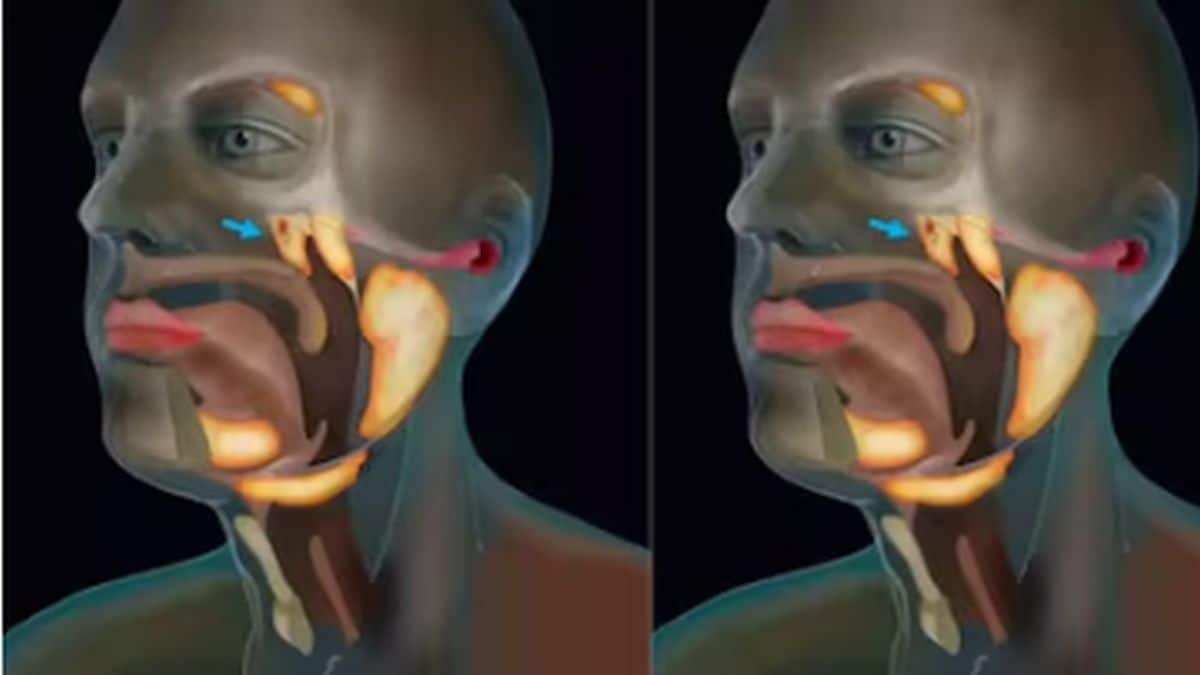SARS-CoV-2, the causative agent of COVID-19, was discovered first in China’s Wuhan in December 2019. Soon after the discovery, scientists found that it belonged to the coronavirus family and had many similarities to other strains of coronavirus, especially the one that caused severe acute respiratory syndrome (SARS). Since then, multiple strategies such as repurposing old medicines, development of a vaccine and plasma therapy have been tried to stop this virus from causing harm. Recently, scientists from the Scripps Research Institute, Florida, US have found a new technique to target and destroy the RNA sequence of SARS-CoV-2 virus. Targeting the hairpin RNA is a molecule, which stands for ribonucleic acid and is similar to DNA (deoxyribonucleic acid) found in human cells. But unlike DNA, RNA has a single strand. The SARS-CoV-2 has RNA as its genetic material. The scientists found that the RNA of SARS-CoV-2 folds into different shapes, which can easily be targeted by drugs. One of the regions of the RNA, called frameshifting element (FSE), contains a hairpin-like structure that, along with other structures, helps the virus translate its genes into proteins, thus spreading the infection. Scientists believed that if they identified a small-molecule drug that could bind with the hairpin and deactivate it, the virus multiplication would stop. In the study, published in the journal ACS Central Science on 30 September, 2020, scientists Dr Matthew Disney and Dr Hafeez Haniff along with their colleagues started microarray experiments (examining thousands of genes at the same time) to identify small molecules (a drug) that could bind to a specific region of the SARS-CoV-2 FSE hairpin. The scientists further examined if they could increase the potency of the drug by adding a component which would enhance the activity of RNA-destroying cellular enzyme. Result of the study On examining various molecules, scientists identified a small drug-like molecule, which was named compound 5 (C5), that ideally binds to the hairpin structure of SARS-CoV-2 with a Kd of 11 nanometers. Kd is the unit used to determine the binding capacity of a molecule. It is found that C5 impaired frameshifting in the cells by decreasing the hairpin’s gene-translating efficiency by about 25 percent. Thus, it reduced the ability of SARS-CoV-2 to make essential proteins for spreading the infection. To further enhance the potency of C5, scientists attached another molecule, called ribonuclease-targeting chimera (RIBOTAC), to it. RIBOTAC recruits a cellular ribonuclease to destroy the viral genome, named C5-RIBOTAC, and convert it into C5-Chem-CLIP, which can directly target the viral RNA. It was found that RIBOTAC increased the efficiency of C5 by about 10-fold. The researchers concluded that though further research is needed on this, scientists can form a drug, using RIBOTAC-containing compounds, to disrupt the function of SARS-CoV-2 genome. For more information, read our article on What makes COVID-19 dangerous. Health articles in Firstpost are written by myUpchar.com, India’s first and biggest resource for verified medical information. At myUpchar, researchers and journalists work with doctors to bring you information on all things health.
RNA is a molecule, which stands for ribonucleic acid and is similar to DNA (deoxyribonucleic acid) found in human cells.
Advertisement
End of Article


)

)
)
)
)
)
)
)
)



